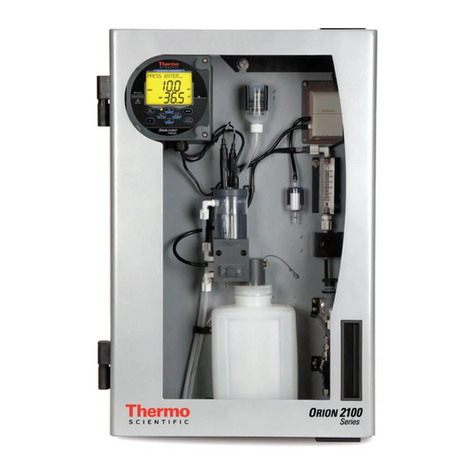Thermo Scientific NanoDrop Lite Instruction Manual
Other Thermo Scientific Measuring Instrument manuals

Thermo Scientific
Thermo Scientific Sarasota SG901 User manual

Thermo Scientific
Thermo Scientific 49i User manual
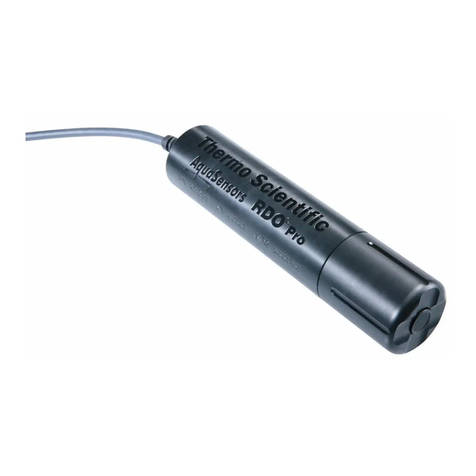
Thermo Scientific
Thermo Scientific Thermo Scientific AquaSensors RDO Pro-X User manual
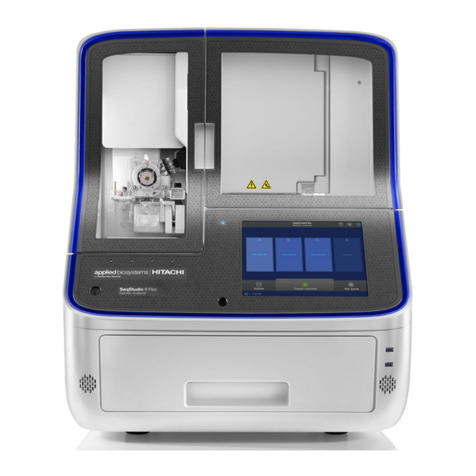
Thermo Scientific
Thermo Scientific appliedbiosystems SeqStudio Flex Series User manual

Thermo Scientific
Thermo Scientific DensityPRO-T Series User manual

Thermo Scientific
Thermo Scientific Dionex IonPac User manual
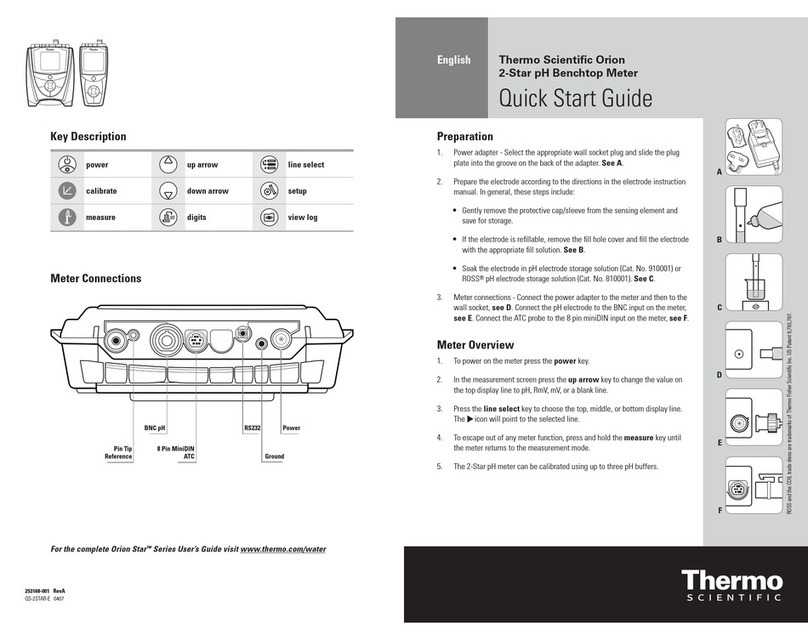
Thermo Scientific
Thermo Scientific Orion Star User manual
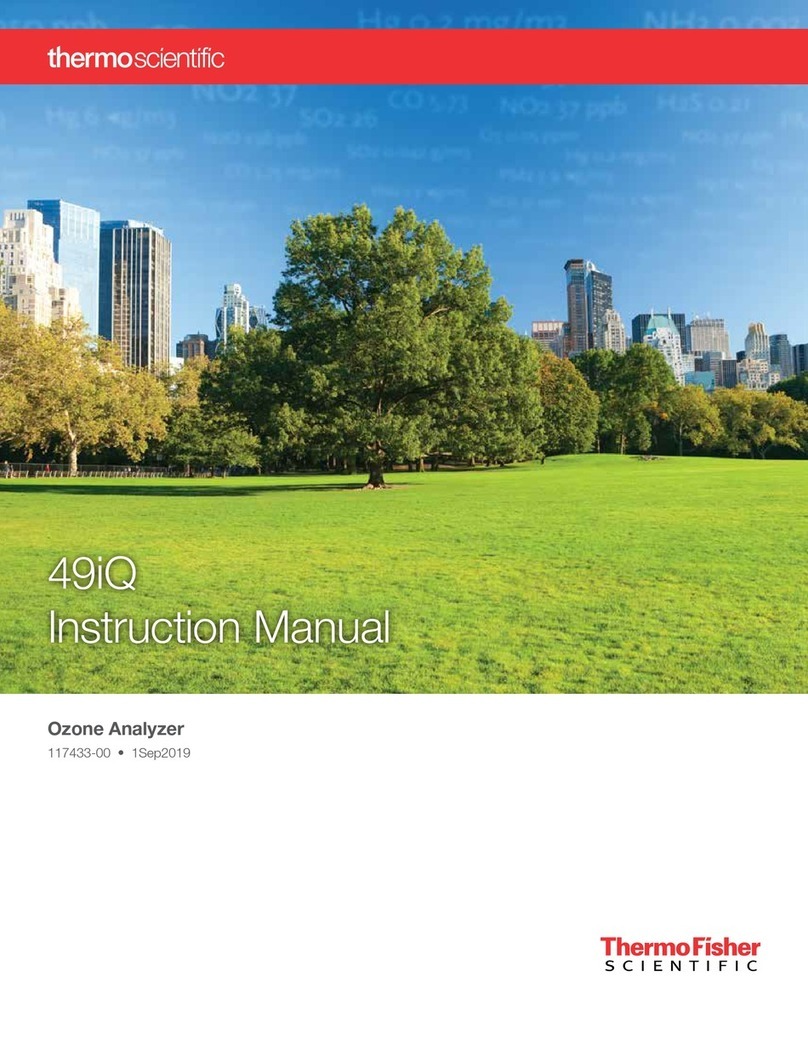
Thermo Scientific
Thermo Scientific 49iQ User manual
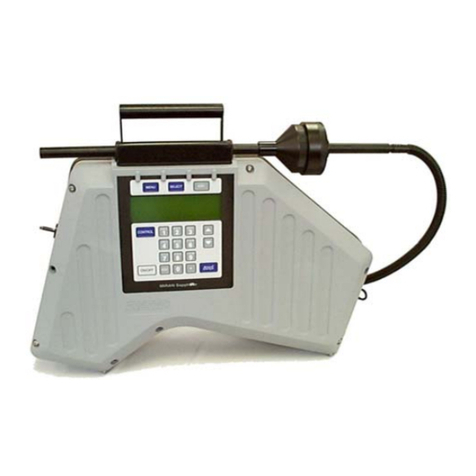
Thermo Scientific
Thermo Scientific MIRAN 205B Series User manual

Thermo Scientific
Thermo Scientific RadEye AB100 User manual

Thermo Scientific
Thermo Scientific TruNarc User manual
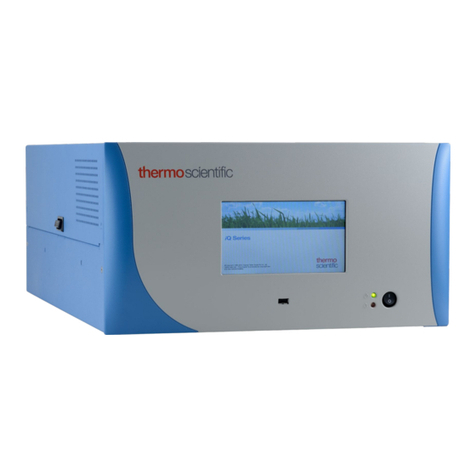
Thermo Scientific
Thermo Scientific 42iQD User manual

Thermo Scientific
Thermo Scientific 48iQ User manual

Thermo Scientific
Thermo Scientific Eutech DO 1730 User manual

Thermo Scientific
Thermo Scientific 20 GENESYS User manual
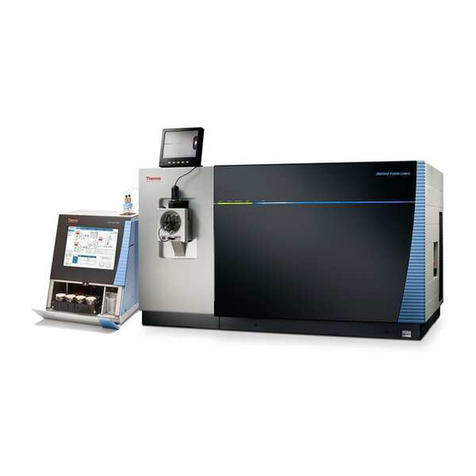
Thermo Scientific
Thermo Scientific Orbitrap Fusion User manual
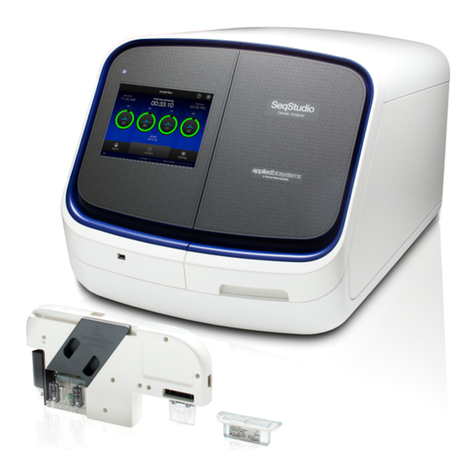
Thermo Scientific
Thermo Scientific Applied Biosystems SeqStudio Genetic... User manual

Thermo Scientific
Thermo Scientific Eutech EC 1720 User manual
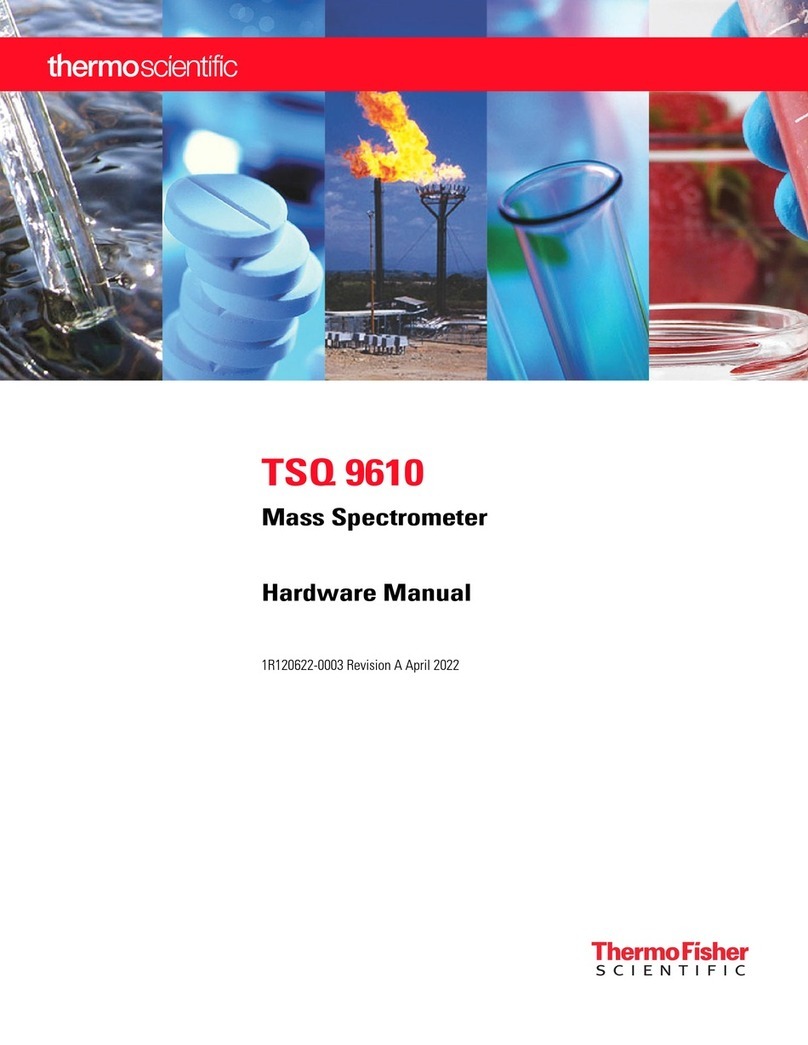
Thermo Scientific
Thermo Scientific TSQ 9610 User manual
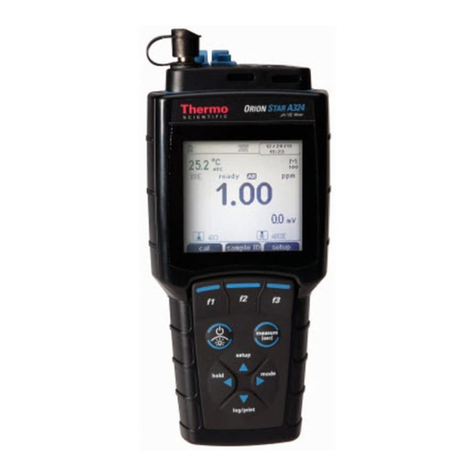
Thermo Scientific
Thermo Scientific Orion Star A214 User manual
Popular Measuring Instrument manuals by other brands

Powerfix Profi
Powerfix Profi 278296 Operation and safety notes

Test Equipment Depot
Test Equipment Depot GVT-427B user manual

Fieldpiece
Fieldpiece ACH Operator's manual

FLYSURFER
FLYSURFER VIRON3 user manual

GMW
GMW TG uni 1 operating manual

Downeaster
Downeaster Wind & Weather Medallion Series instruction manual

Hanna Instruments
Hanna Instruments HI96725C instruction manual

Nokeval
Nokeval KMR260 quick guide

HOKUYO AUTOMATIC
HOKUYO AUTOMATIC UBG-05LN instruction manual

Fluke
Fluke 96000 Series Operator's manual

Test Products International
Test Products International SP565 user manual

General Sleep
General Sleep Zmachine Insight+ DT-200 Service manual



